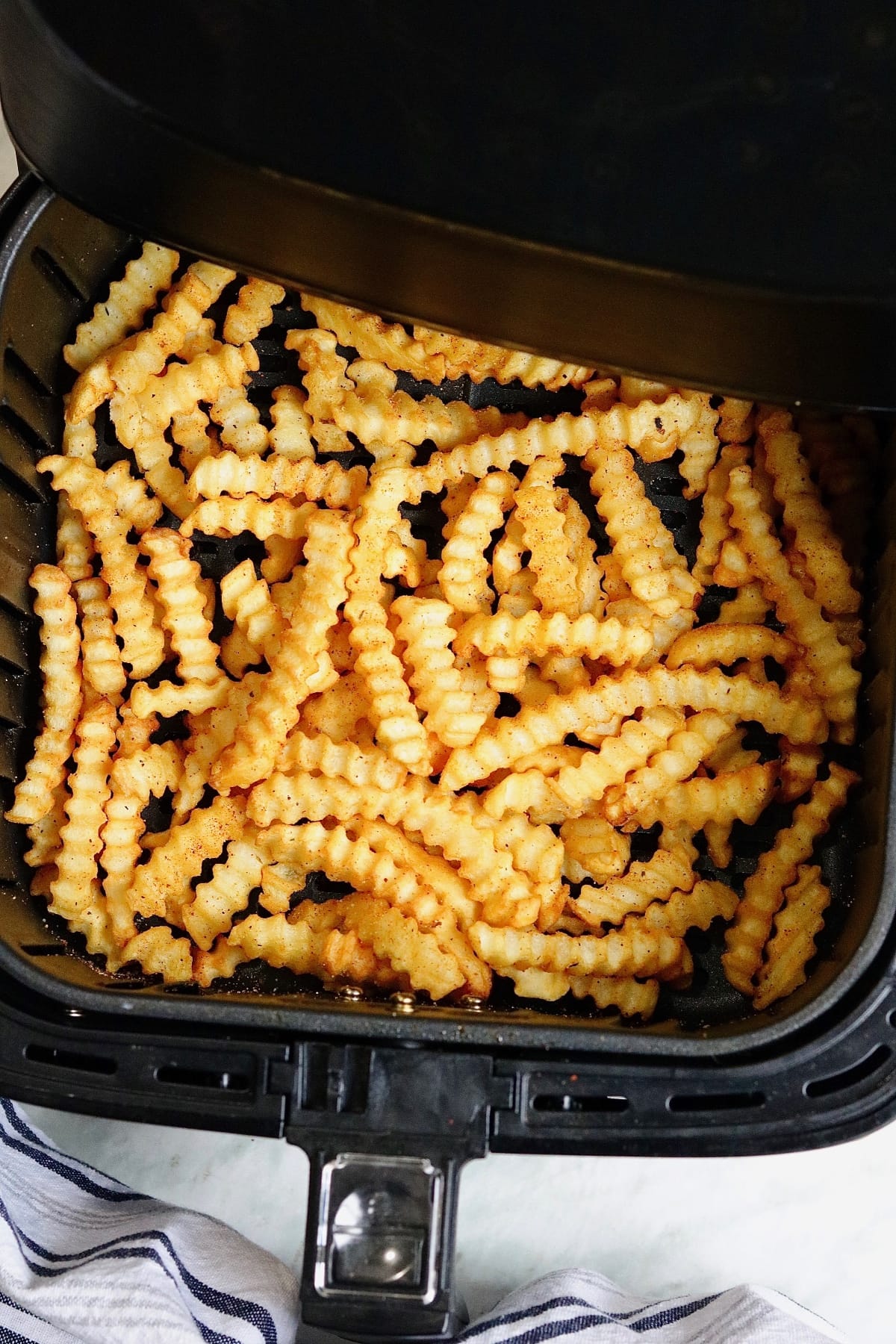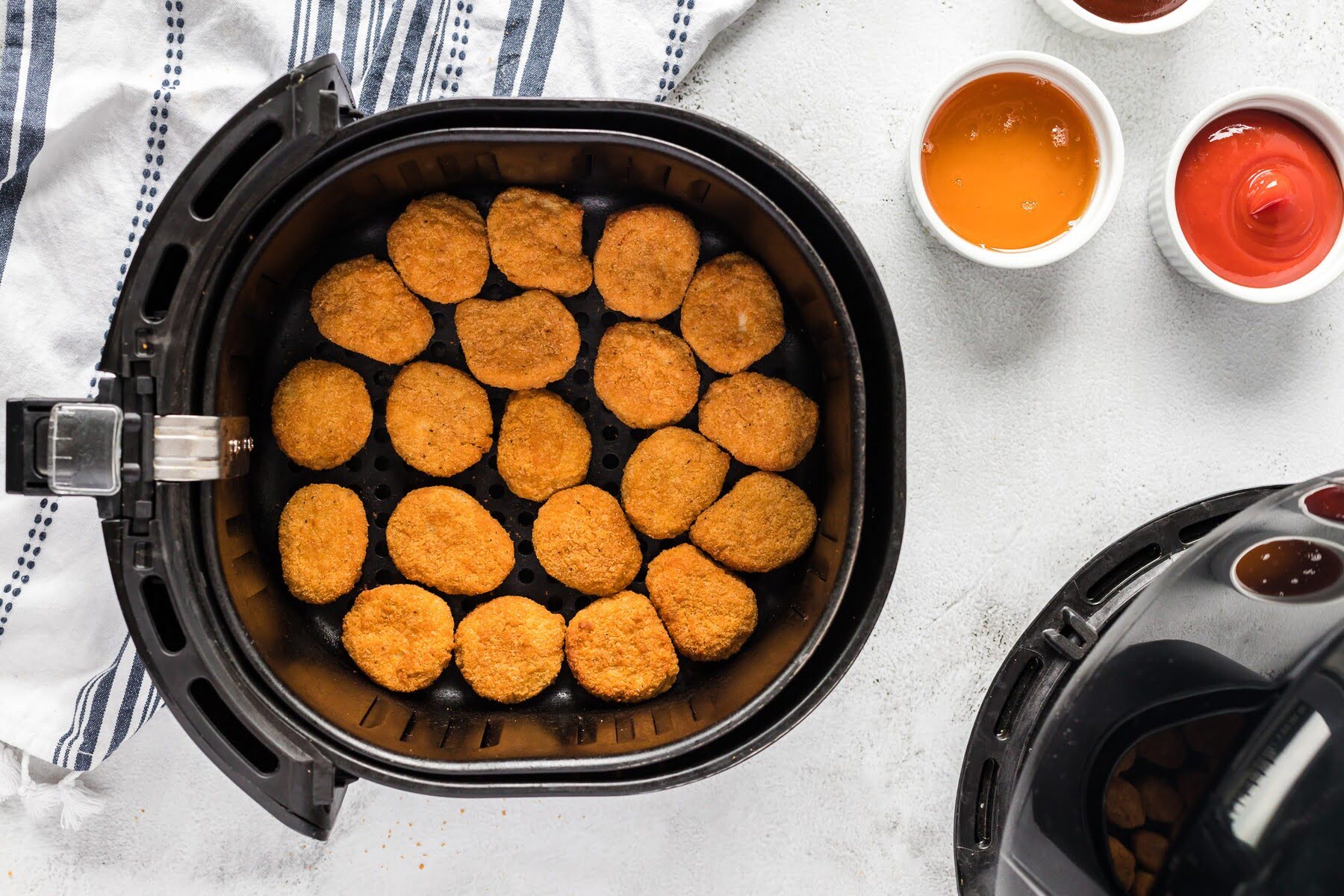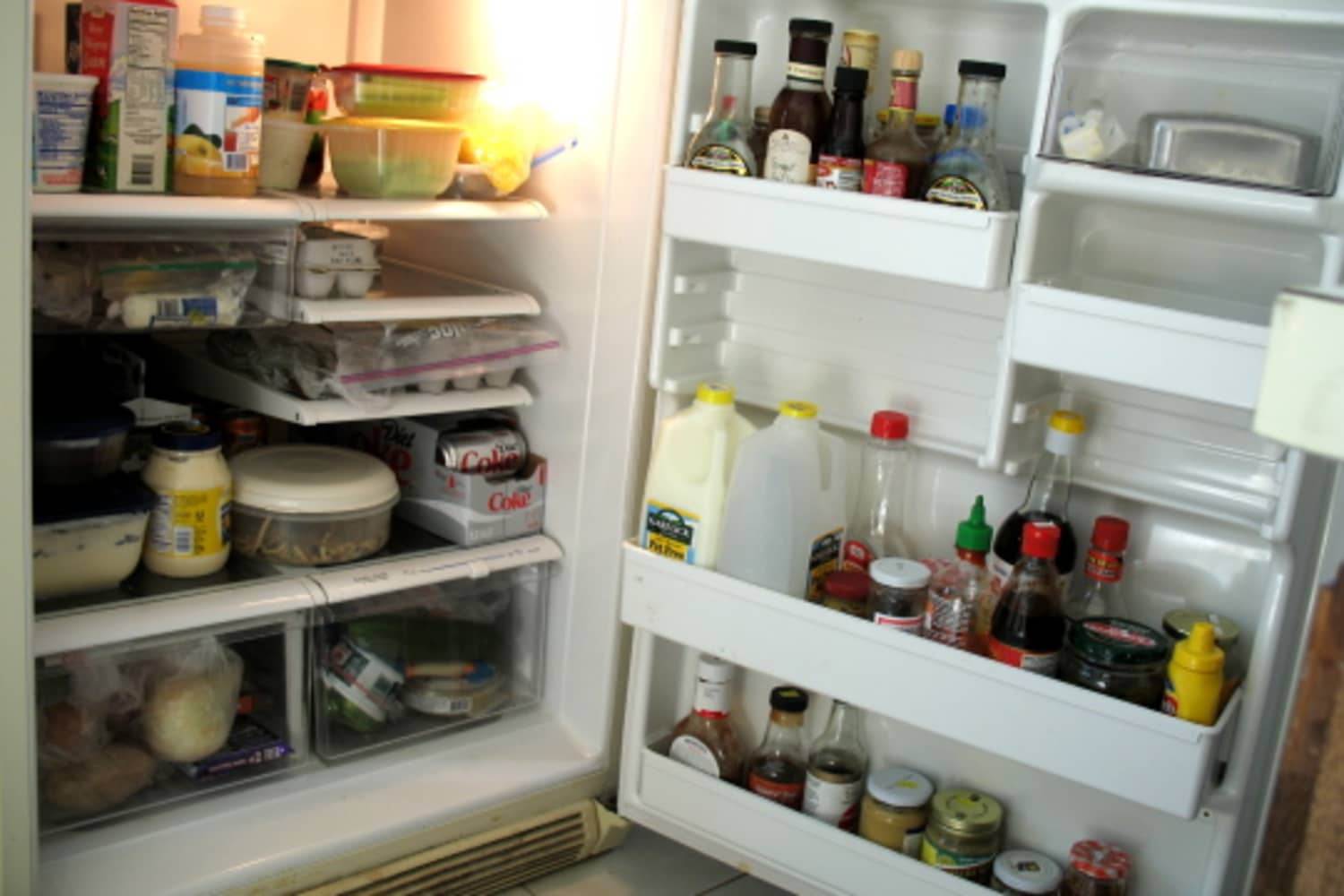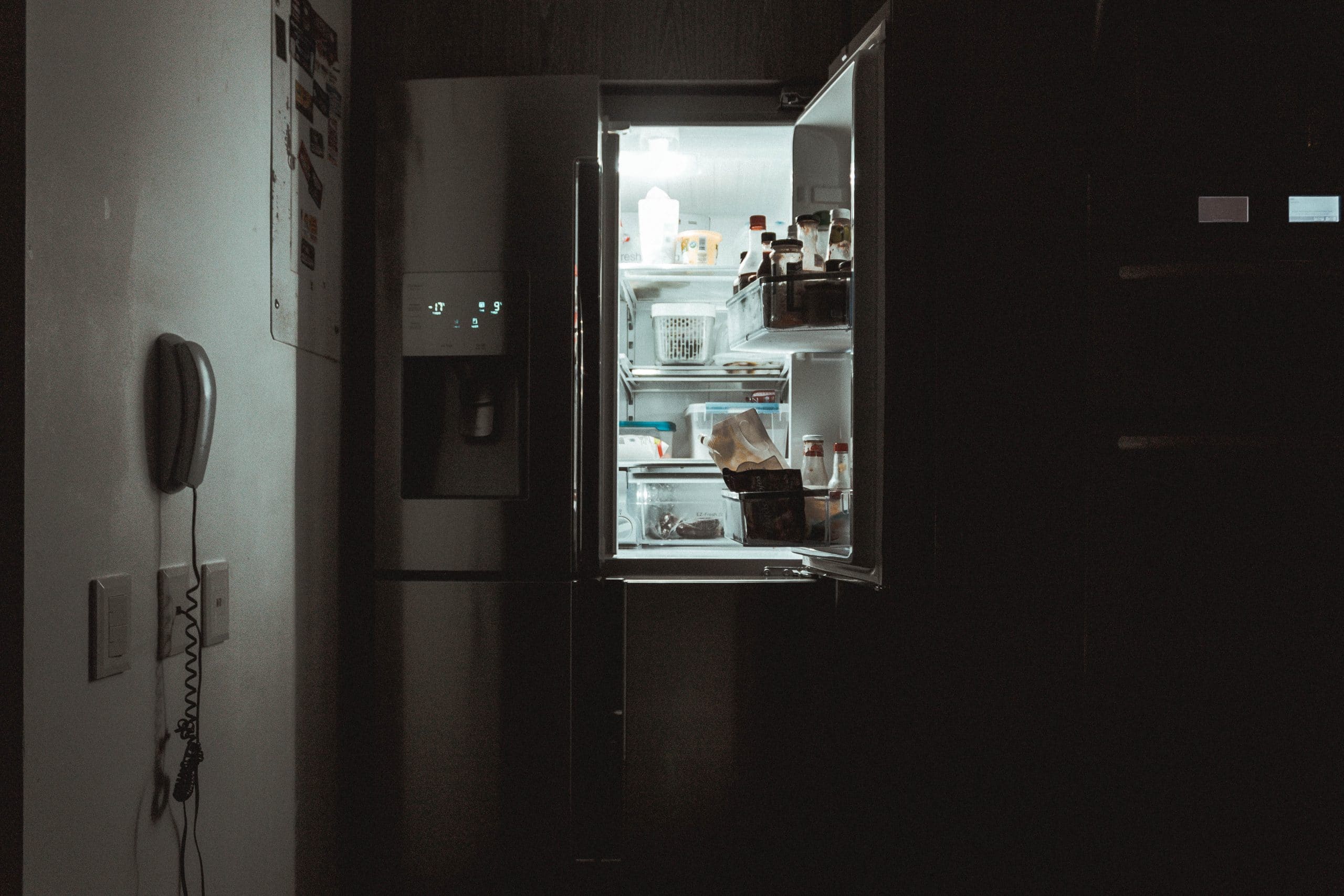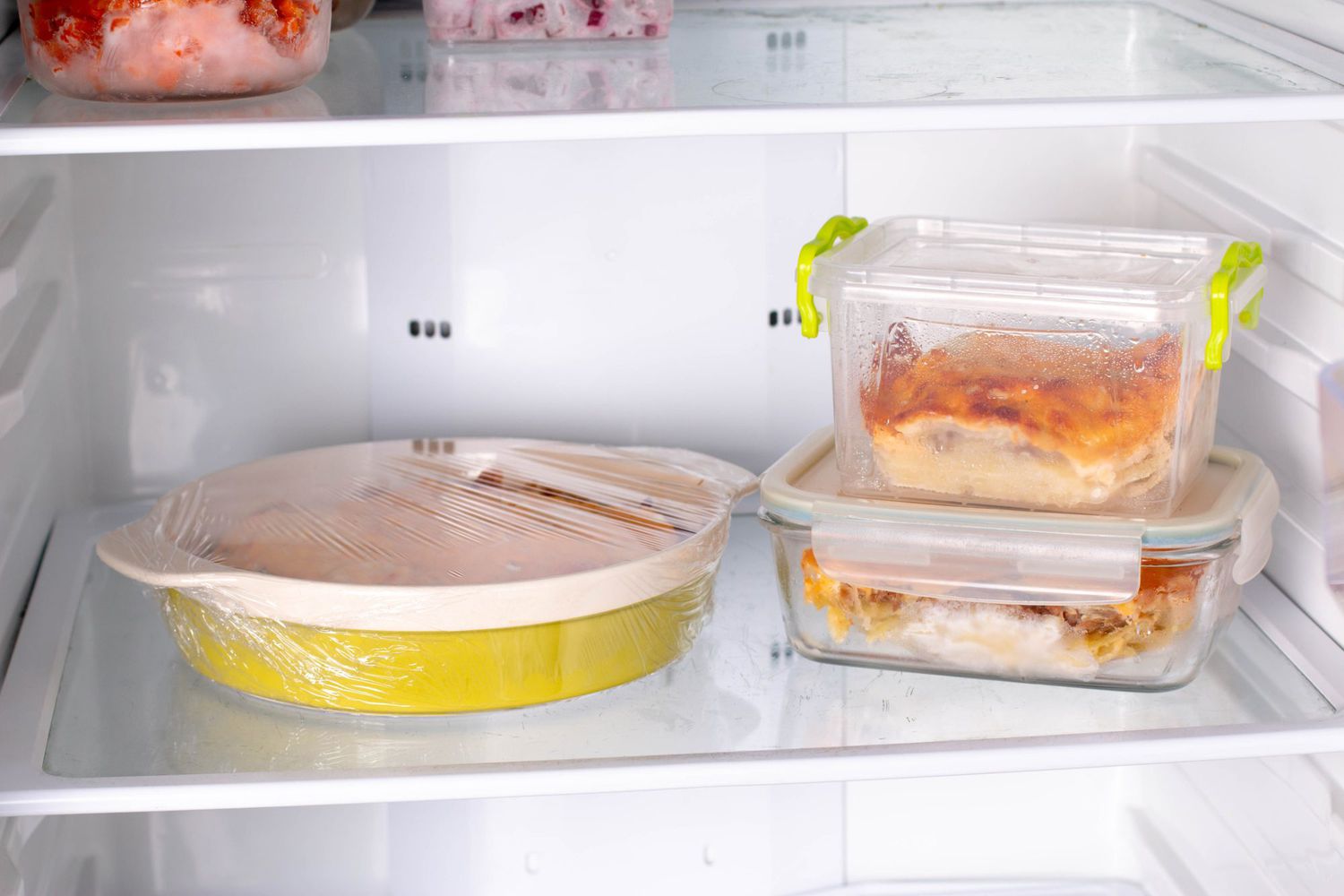Home> Food
Food: Ultimate Guide to Exquisite Global Cuisine
Explore the mega world of food with us: trends, recipes, cultures, and more! Unlock your culinary adventure right now. Taste the world in one click.
What Happens If You Leave The Freezer Door Open Overnight
By: Isabella Mitchell • Articles
